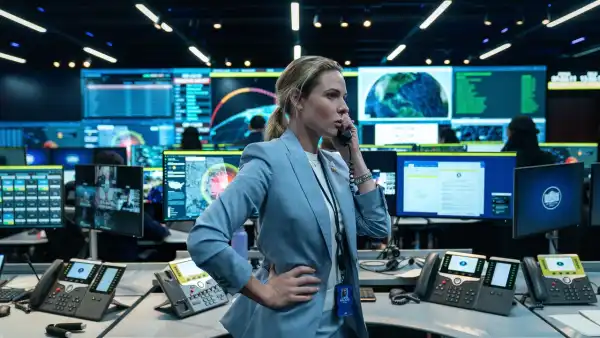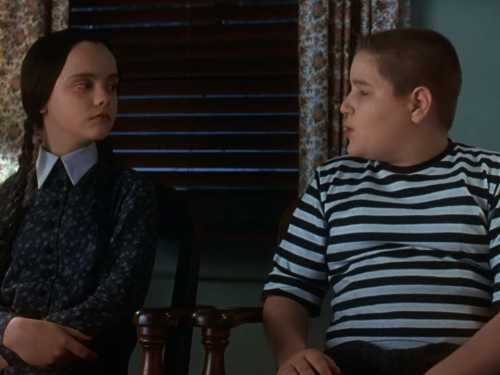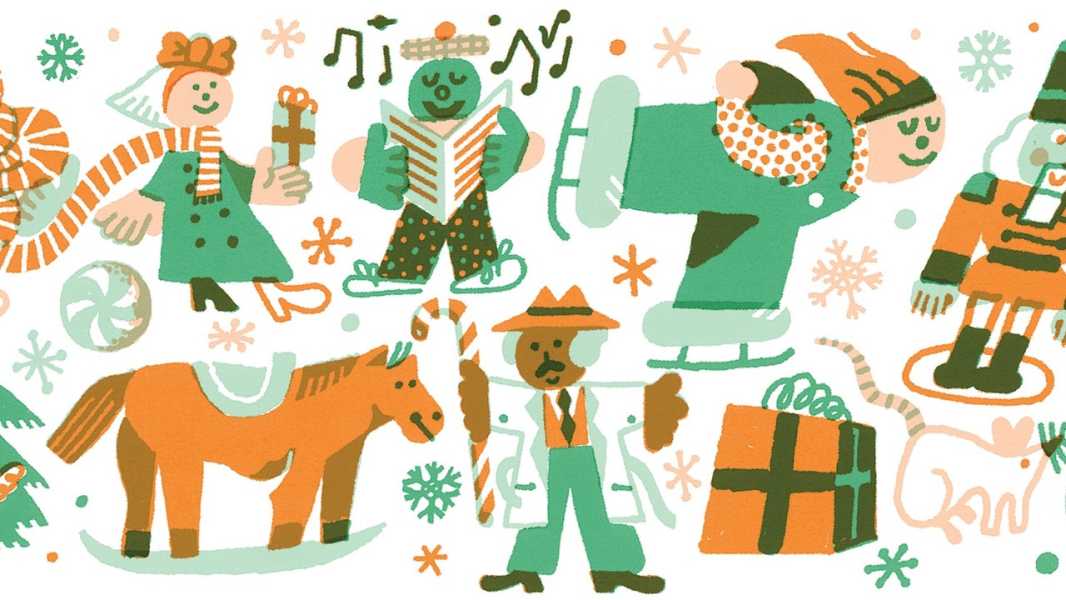
Save this storySave this storySave this storySave this story
Baroque Neapolitan Crèche
The city of Naples is synonymous with the crèche, or Nativity scene, an art form that reached its apogee there in the eighteenth century. Every year, families and churches bring out elaborate figures made of terra-cotta, wood, and fabric, which depict not just the Nativity but scenes from daily life. The Met’s beautiful and expansive Baroque Neapolitan crèche, arrayed around a twenty-foot blue spruce, includes shepherds and their flocks, merchants toting baskets overflowing with wax fruit, the three kings on horseback, and dozens of angels, wings outstretched, silk robes billowing in an imaginary breeze. (Metropolitan Museum of Art; Nov. 21-Jan. 7.)
“George Balanchine’s The Nutcracker”
We may be cynical about the never-ending loop of the Waltz of the Snowflakes piped in over shopping-mall speakers, but at New York City Ballet, when the baton cues the start of the overture to Tchaikovsky’s “The Nutcracker,” a feeling of anticipation never fails to take hold. Tchaikovsky understood something about the slightly out-of-control feeling of being a child—not ever quite sure what will happen next—as did George Balanchine, whose 1954 ballet, still going strong, veers from the domestic to the surreal in just a few bars of music. Case in point: that gigantic tree, which grows and grows, out of all proportion, until its tip disappears out of sight. (David H. Koch Theatre; Nov. 24-Dec. 31.)
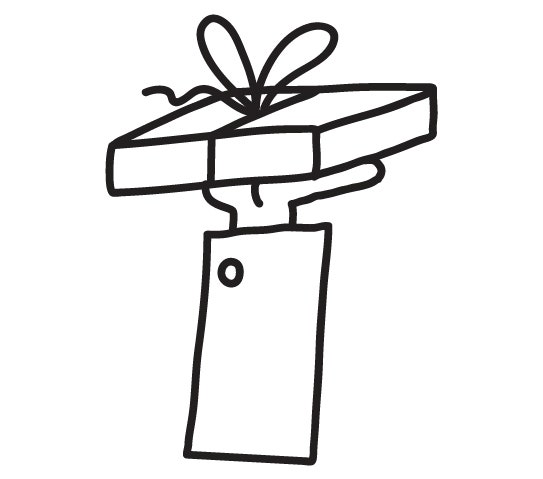
Holiday Carols
Professional-grade carolling is everywhere. The a-cappella ensemble Chanticleer’s twelve members wrap their refined voices around Renaissance-era antiphons, traditional fare such as “Coventry Carol,” and songs from the films “White Christmas” and “The Snowman” (Church of St. Ignatius Loyola; Dec. 1 and Dec. 3). The pure-toned boys’ choir of St. Thomas Church, joined by a string ensemble from the Juilliard School, sticks to sacred music (Dec. 14), and the Dessoff Choirs, at various venues, highlight Black composers, including R. Nathaniel Dett, Florence Price, and Margaret Bonds, in “Welcome Yule” (Dec. 2-3).
“YLT Hanukkah 2023”
In what is becoming a wondrous holiday tradition in New York, Yo La Tengo takes over Bowery Ballroom for all eight nights of Hanukkah. The prolific band duct-tapes an electric menorah to the bass amp and plays a brand-new set every show. They are joined by a surprise comic and opening band every time, and each gig’s proceeds go to a different charity. (Bowery Ballroom; Dec. 7-14.)
Jingle Ball
This concert, which originated as a special event put on by the New York radio station Z100, has grown into an annual holiday series gathering some of the biggest names in popular music. The 2023 edition of iHeartRadio’s Jingle Ball tour returns with performances by the former Disney stars Olivia Rodrigo and Sabrina Carpenter, the lovelorn R. & B. visionary SZA, the audacious Top Dawg rapper Doechii, and, a staple of the festive season, the a-cappella group Pentatonix. (Madison Square Garden; Dec. 8.)
“Peter & the Wolf”
If tales about children who outwit the dangers of the big bad world are your idea of holiday fun, look no further than Isaac Mizrahi’s interpretation of Sergei Prokofiev’s musical tale “Peter & the Wolf,” for “Works & Process.” Prokofiev cleverly combined storytelling with the agenda of introducing children to the instruments of the orchestra. The cat is a clarinet, the duck an oboe, and brave Peter the strings. The wry Mizrahi narrates; Ensemble Connect performs Prokofiev’s score; and a small ensemble of dancers perform choreography by John Heginbotham. (Guggenheim Museum; Dec. 8-10.)
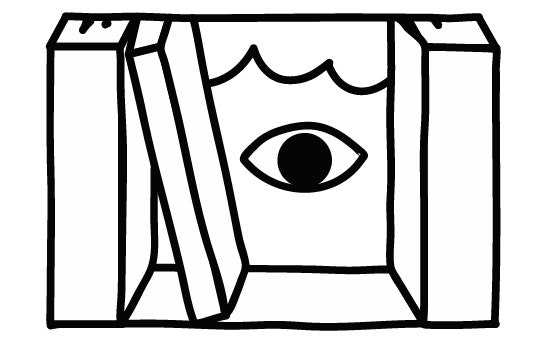
Morgan Library & Museum Winter Family Fair
“There is nothing in the world so irresistibly contagious as laughter and good-humour,” Charles Dickens wrote in “A Christmas Carol.” The vaudevillians of the Grand Falloons theatre troupe will test this proposition at the Morgan, on Dec. 10, as they perform a thirty-minute précis of the Dickens tale. (Jugglers, carollers, and magicians will also be on hand.) The original manuscript is on display for the season (through Jan. 7), as it is every year—this time open to a page on which Dickens describes the hustle and bustle of smoggy Victorian London. (Morgan Library & Museum; Dec. 10.)
“Holiday Brass”
The New York Philharmonic does a creditable job with the Baroque finery of Handel’s “Messiah,” which is conducted this year by Fabio Biondi (Dec. 12-16), but the orchestra sounds more at home with the extroverted jubilations of its annual “Holiday Brass” program. Seasonal carols get a resplendent, dopamine-boosting sheen courtesy of the Phil’s trumpets, horns, trombones, and tubas. (David Geffen Hall; Dec. 16-17.)
“Messiah”
Trinity Church Wall Street’s “Messiah” combines sprightly Handelian style with a spirit of community in a vaulting Gothic Revival church. Despite the high musical values, there’s no putting on airs: the choir’s singers, some of their voices more finished than others, take turns stepping forward from the ensemble for the exquisite solos (Dec. 13-15). Uptown, the conductor Kent Tritle brings two different “Messiah”s—one with the Oratorio Society of New York (Dec. 18) and another with Musica Sacra (Dec. 20)—to the soft-gold environs of Carnegie Hall.
“Unsilent Night”
Every winter since 1992, the composer and sound artist Phil Kline has put on “Unsilent Night,” a performance-art piece that began in Greenwich Village and has since spread across the world. Open to anyone willing to participate, every procession makes unique ambient music from a set of four audio recordings that “carollers” play simultaneously. On Dec. 17, Kline leads participants, armed with boom boxes (and cell phones), along a fixed course through the city, from Washington Square Park to the East Village, jingling all the way. (Begins by the arch of Washington Square Park; Dec. 17 at 6.)
Sourse: newyorker.com
